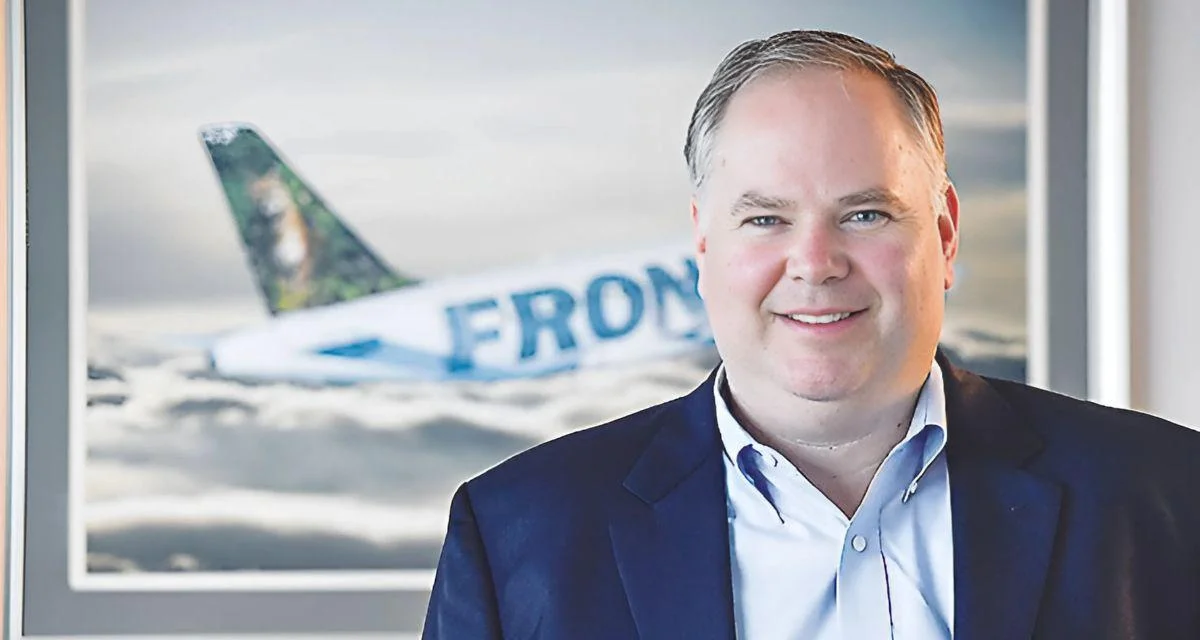Boeing faced technological constraints when designing the aircraft. A full-length double-deck structure was not feasible at that time due to engineering limitations. Instead, Boeing opted for a smaller upper deck as a compromise between increased capacity and available technology.
Pan Am played an instrumental role in shaping and launching the Boeing 747 program. The aircraft entered service in January 1970 on Pan Am’s New York JFK–London Heathrow route and significantly influenced global air travel by making long-haul flights more affordable and accessible.
Over several decades, numerous variants of the Boeing 747 were produced. The most popular among airlines worldwide was the 747-400 series; Lufthansa became launch customer for its latest passenger variant—the 747-8I—in June 2012. The final version included features from newer models such as longer fuselage length, General Electric GEnx engines, and advanced wing designs.
Beyond commercial use, specialized versions of the Boeing 747 served various roles including military transport and NASA’s Shuttle Carrier Aircraft program. For more than thirty years it held records for highest passenger capacity until surpassed by Airbus’ A380 in 2007. Facing competition from more fuel-efficient twin-engine jets like https://simpleflying.com/boeing-777/, production of new Boeing 747s ended officially in early https://simpleflying.com/boeing-747-production-end/.
In total, Boeing built over https://simpleflying.com/boeing-747-production-numbers/. Japan Airlines operated more than one hundred units across multiple variants—making it one of its largest operators alongside Singapore Airlines, Korean Air, British Airways and United Airlines (which retired its last unit in November https://simpleflying.com/united-airlines-retires-boeing-747/). Qantas also notably ran an all-Boeing-747 fleet starting in https://simpleflying.com/qantas-all-boeing-747-fleet-history/.
Today only three carriers continue to operate scheduled commercial flights using Boeing 747s: Lufthansa (with both -400 and -8I models), Air China and Korean Air.
The success of this family demonstrated strong market potential for high-capacity long-haul planes—a lesson adopted by Airbus when developing their full-length double-decker A380 model introduced into service with Singapore Airlines in https://simpleflying.com/a380-service-entry-singapore-airlines/. Emirates remains by far its largest operator with plans to keep much of their A380 fleet flying after retrofits add premium economy cabins.
While most major airlines have phased out their fleets amid shifting economics favoring newer widebodies like those mentioned above—particularly at airports operating near maximum capacity—the “Queen of the Skies” maintains iconic status within aviation history circles for uniting people worldwide over five decades.
Juan Trippe—founder of Pan Am—noted upon introduction:
“The new era of mass travel between nations may well prove more significant to human destiny than the atom bomb. … The 747 will be a great new weapon of peace.”
 Alerts Sign-up
Alerts Sign-up























